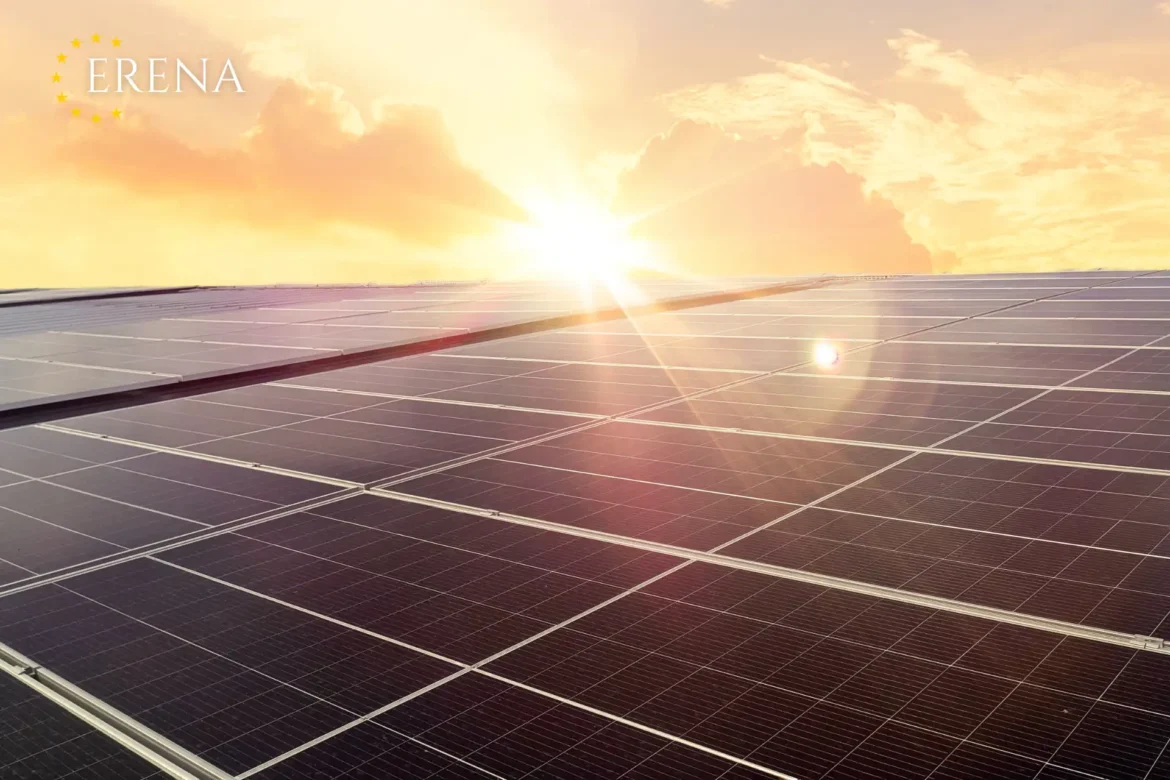The installation of solar panels in northern European regions raises many questions regarding their efficiency, profitability, and adaptation to the local climate. It is commonly believed that solar energy is most productive in regions with abundant sunlight. However, modern technologies allow the use of solar power even in areas with less favorable conditions. Let’s explore whether solar panels are a justified investment in the northern parts of Europe.
Climatic Features of Northern European Regions
Countries located in the northern part of Europe, including Scandinavia, northern Germany, the United Kingdom, and the Baltic states, are characterized by a temperate or cold climate, high humidity, and long winters. However, this does not mean that solar panels will be ineffective. Modern photovoltaic systems can generate electricity even under cloudy skies and diffused sunlight. Moreover, low temperatures contribute to better panel performance since overheating reduces their efficiency.
Number of Sunshine Hours Per Year
Despite the short winter days, long daylight periods are observed in northern European regions during the summer. In countries like Norway, Sweden, and Finland, daylight can last up to 18–20 hours in summer, compensating for the lack of sunlight in winter. In the United Kingdom and northern Germany, the average annual number of sunshine hours ranges from 800 to 1400, which is sufficient for photovoltaic systems to function effectively.
Additionally, modern solar panels can operate efficiently even in cloudy conditions. Diffused sunlight, although reducing power generation, still allows a significant amount of energy to be harvested, especially when the panels are correctly oriented.
Economic Viability of Installation
The benefits of installing solar panels in northern European regions depend on several factors:
• Government Support. Many European countries provide subsidies, tax benefits, and financing programs for solar panel installation, making them more affordable.
• High Electricity Costs. Electricity prices continue to rise in Europe, making solar panel installation a way to significantly reduce utility costs.
• System Payback Period. Depending on the characteristics of the equipment and installation conditions, solar panels can pay for themselves within 7–15 years. Given their lifespan of 25–30 years, they represent a long-term investment.
Technological Solutions for Northern Regions
To improve the efficiency of solar panels in northern climates, several technological solutions have been developed:
• Advanced Photovoltaic Elements. Modern modules can capture more sunlight even on cloudy days.
• Bifacial Panels. These systems can capture reflected light from snow or bright surfaces, increasing their efficiency.
• Optimal Panel Tilt Angle. In northern latitudes, panels should be installed at an angle that allows them to capture maximum sunlight.
Alternative Uses of Solar Energy
If installing solar panels on the roof is not feasible or efficient, alternative solutions can be considered:
• Ground-Based Solar Installations. In some cases, placing panels on the ground allows for better efficiency and convenience.
• Hybrid Energy Systems. Combining solar power with wind generation or other renewable sources helps create a stable and reliable energy supply system.
• Energy Storage Systems. Storing electricity generated during sunny periods allows for its use at night or during cloudy weather.
While the climate of northern European regions may seem unfavorable for solar energy, modern technologies and financial incentives make installing solar panels a worthwhile and promising investment. The development of renewable energy, rising electricity prices, and government support are increasing interest in solar power even in areas with low solar radiation levels. With proper system design and appropriate equipment selection, efficiency can be significantly increased, leading to lower electricity costs. Therefore, installing solar panels in northern European regions is a reasonable choice for those seeking energy independence and a reduced carbon footprint.
Is It Worth Installing a Solar Panel on the Roof in Northern European Regions?
550
previous post

